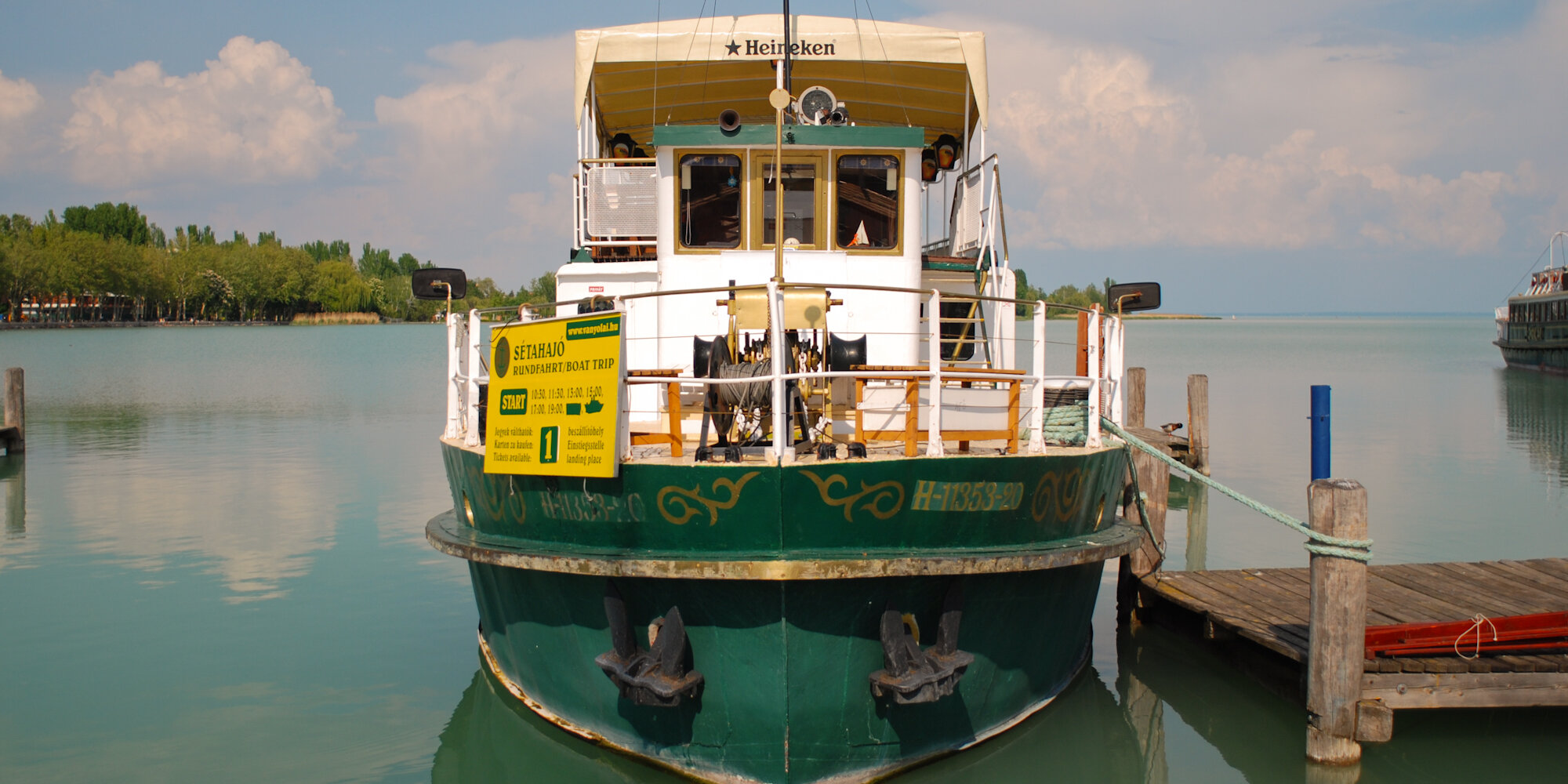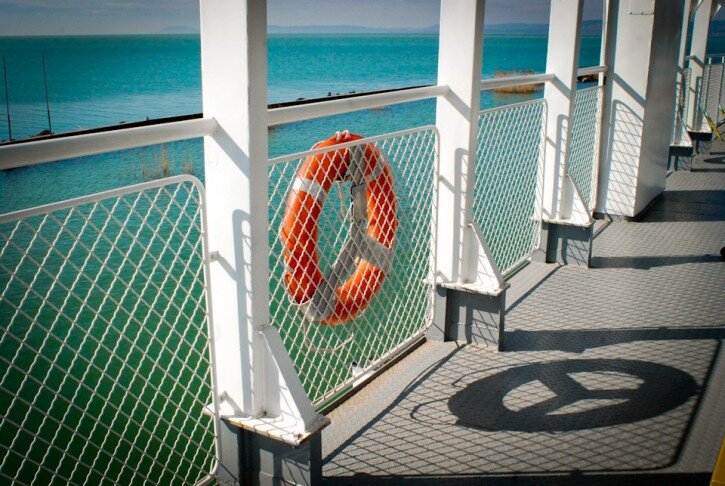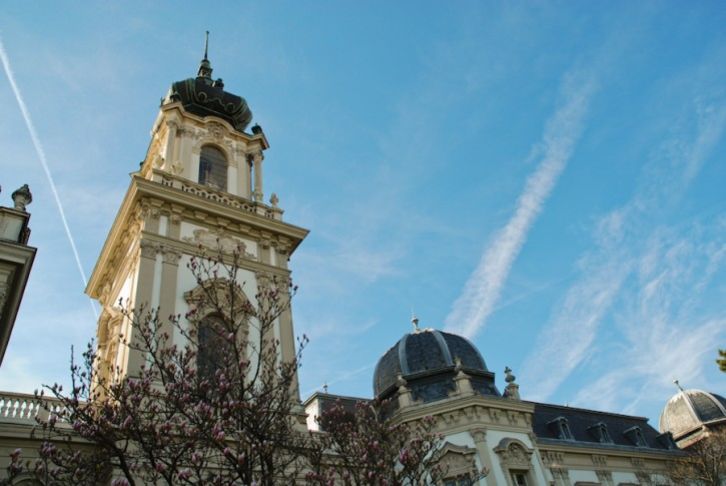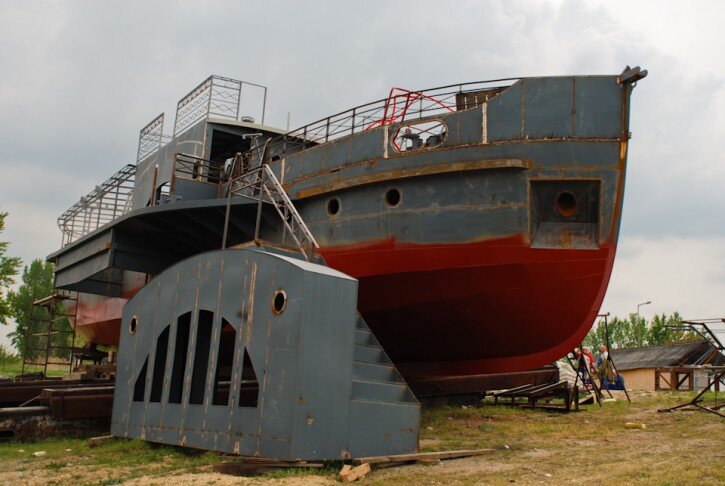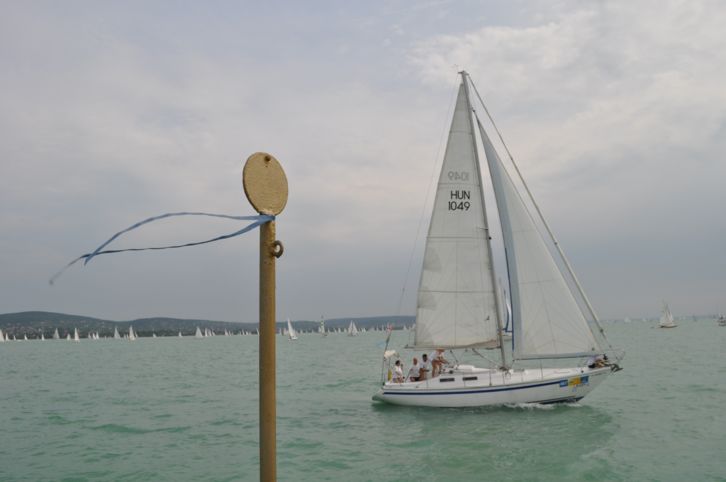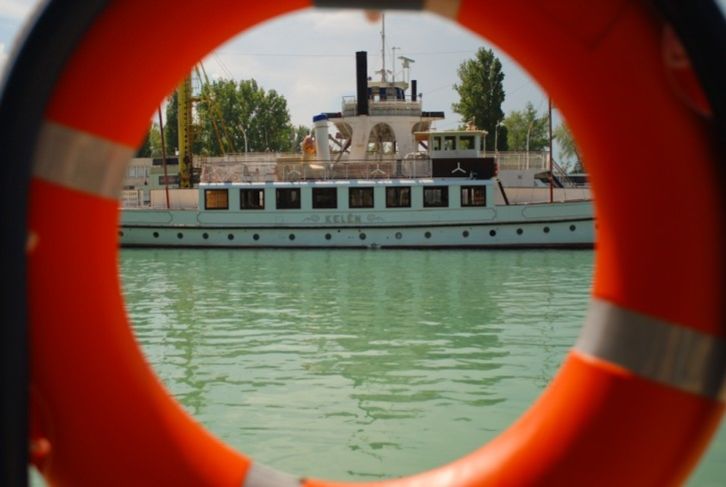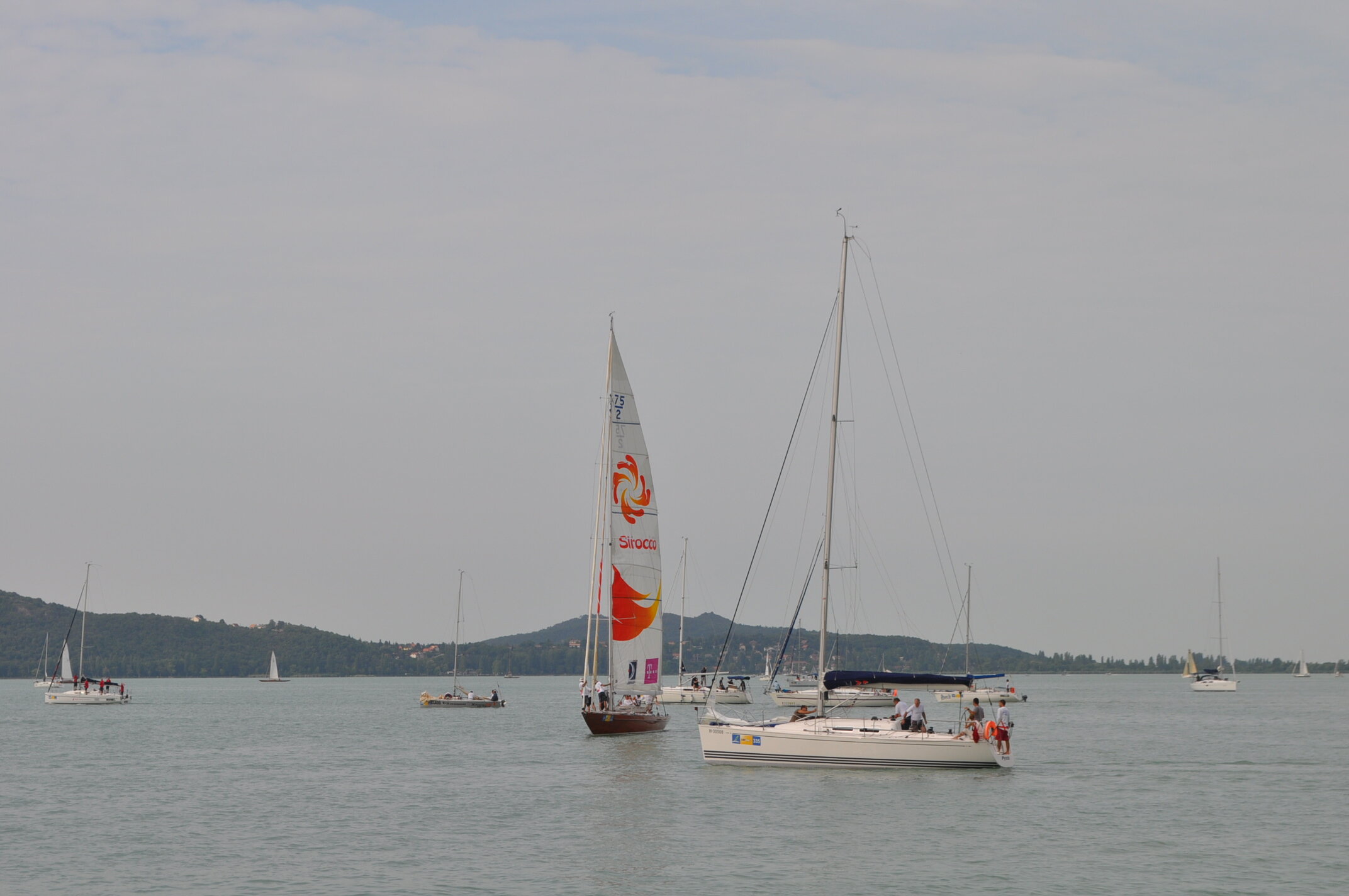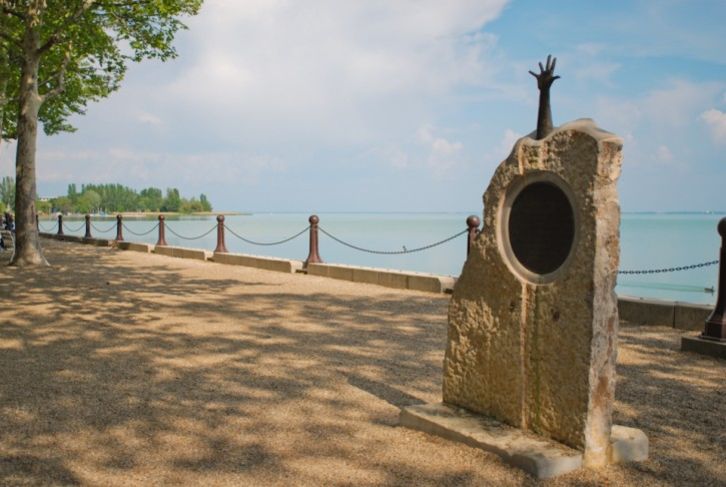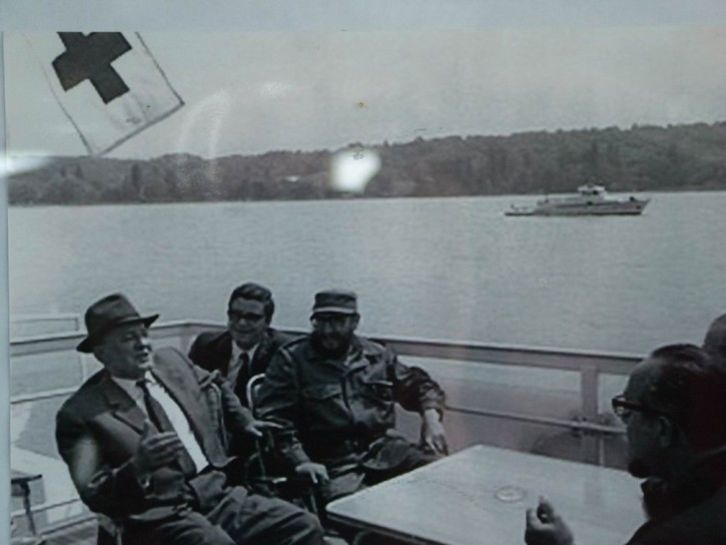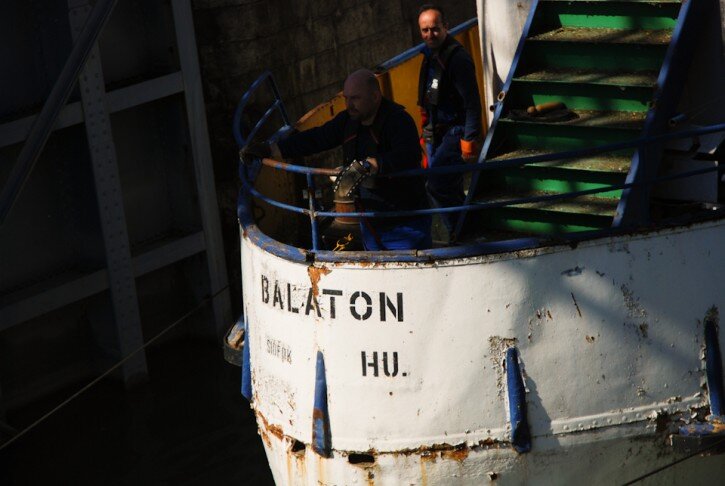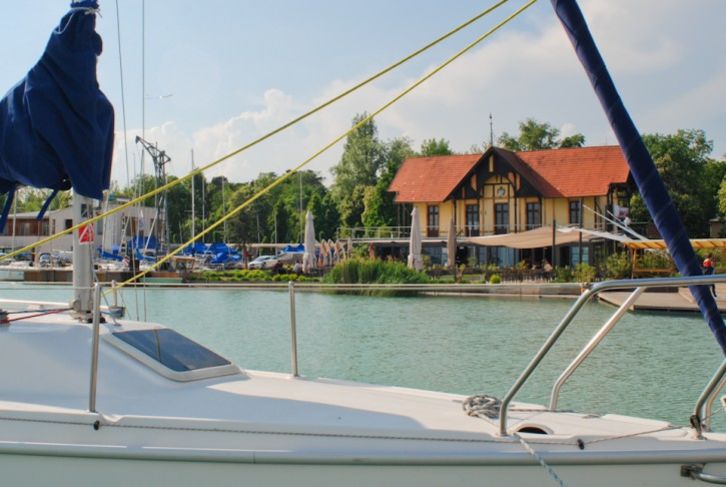On which boat did Fidel smoke his cigars, where did the Titanic of Balaton tip over, which boat is the largest, eldest and most comely? All you need to know about the boats of the Balaton.
1/11
1. Tihany-Szántód ferry– the benchmark
Many have travelled the shores of Lake Balaton throughout the ages, and all crossed the Lake by the ferry. It was used by Romand tradesmen, medieval knights (one of them dropped his sword into the Lake, which is now exhibited in the museum of the Tihany Abbey), and the first holidayers of Füred took the train to Szántód then crossed to Füred by the ferry, before the construction of the north shore's railway line. The current buildings and boats of the ferry have been serving passengers since the 1960ies. The ferry boats were named after great Hungarians, Gábor Baross, Sándor Kisfaludy, István Széchenyi and Lajos Kossuth; fun fact: the Kossuth could even transport tanks.
2/11
2. The Festetics arzenál Shipyard
A 30-metre-long, three-mast boat would look fine on the sea, and it is all the more impressive on Lake Balaton. The Phoenix galley, the largest sailboat of Lake Balaton belonged to the fleet of the noble Festetics family. The Festetics family did not only build a noted palace in Keszthely, but they also founded Europe's first agricultural college, the Georgikon there; the Arzenál shipyard in Fenékpuszta (where the Phoenix was also built) was also their property. The galley was used for transporting salt between keszthely and Kenese or 30 years. The Phoenix was the largest wood-structure vehicle in the history of Balaton shipping. Unfortunately, neither the factory, nor the boat (cast off on 16 July 1797) survived up to today, but you can see a scale-model in the Balaton Museum and the Helikon Palace Museum.
10/11
10. From shipyard into shipmuseum
A noted British shipbuilder, Richard Young laid down the foundtations of the Balatonfüred shipyard at the beginning of the1880ies. The work was later taken over by the Stefánia Yacht Association. This excellent facility was busy with continuous orders and grew to be the largest factory in Balatonfüred. Young's workshop in Balatonfüred used to stand where the Vitorlás Restaurant stands today. The building that survived was orginially built as a club house in 1887. An exhibition of the history of sailing on Lake Balaton (including a sialing simulator) will soon open on its upper storey.
